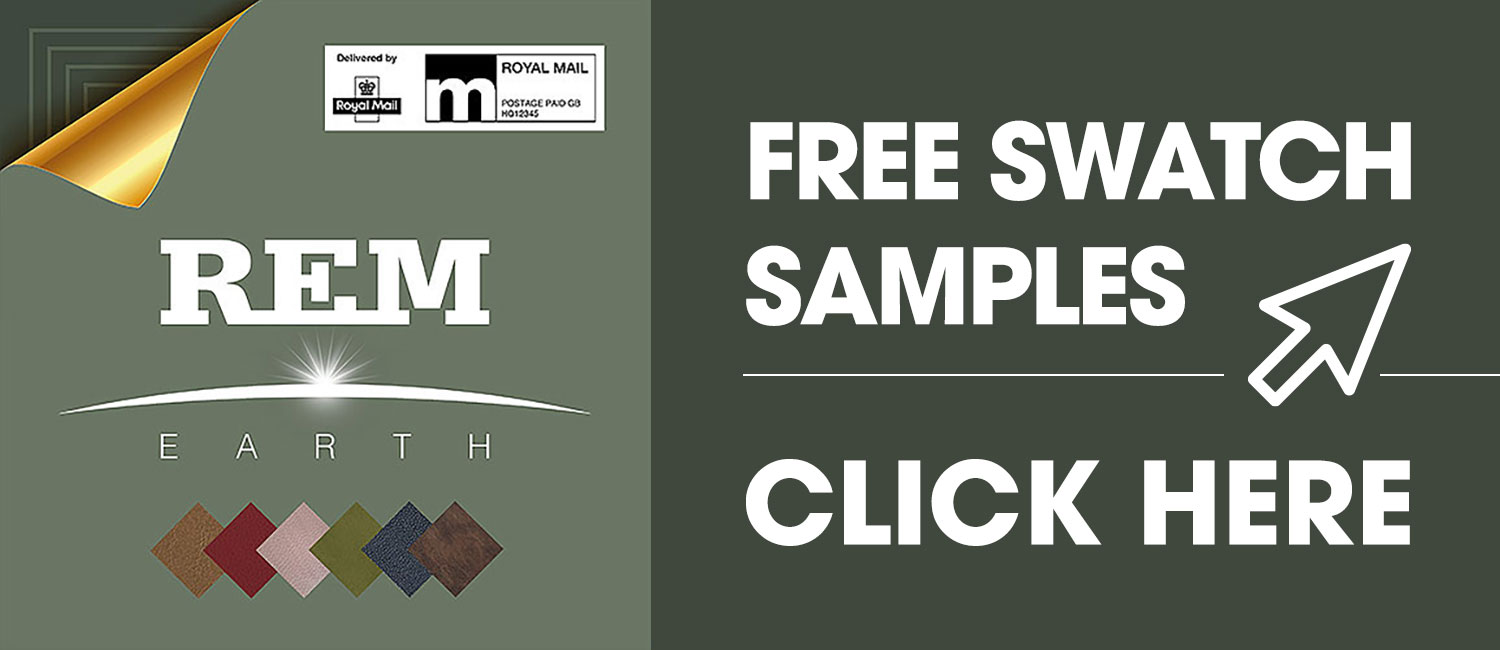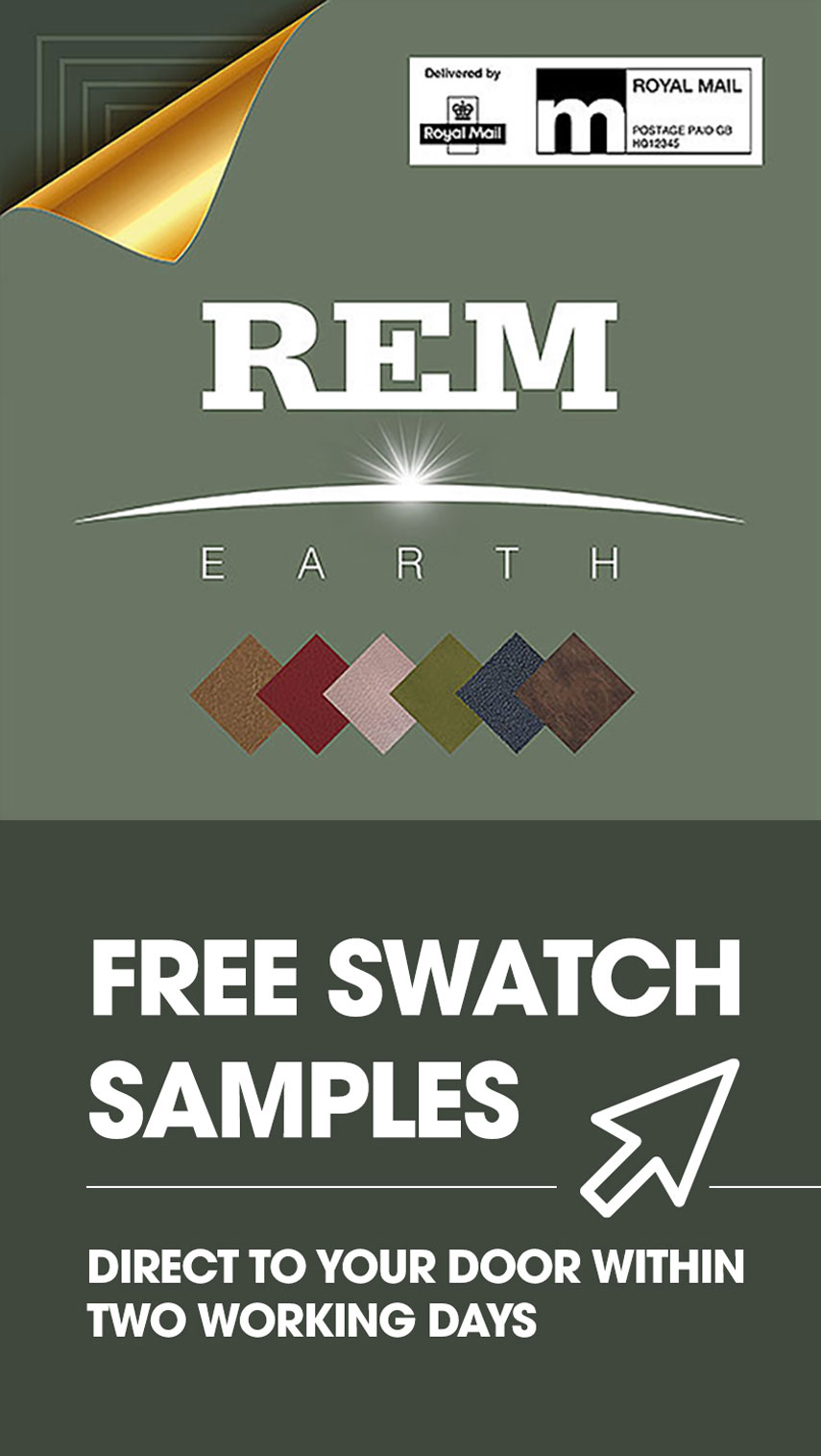REM EARTH ACCREDITATIONS
REM UK Ltd are committed to providing a quality service in a manner that ensures a safe and healthy workplace for our employees and minimises our potential impact on the environment. REM UK Ltd will operate in compliance with all relevant environmental legislation and will strive to use pollution prevention and environmental best practices in all we do. We run our business in the ‘greenest’ way possible and although we don’t claim to be saving the world with a few generic environmental policies we do face up to our responsibilities both as a company and as a group of individuals and try to make a difference. Waste costs money, stretches resources and it screams of inefficiency and incompetence. We have a policy but for years we’ve educated and encouraged our staff to plan and use best practice to reduce waste.
Our CSR is more than just a statement of good intent, we have broken it down into real processes that we have implemented and which will continue to develop and grow in the future, for the good. “Sowing the seeds of change into our team to work, act and be conscious of how they carry out their day to day activities will ensure that in the future acting environmentally will become second nature “.

Crib 5
This is the British Standard known as BS7177/SOURCE 5.
Any furniture that is in the public domain has to qualify by this standard by law. There are 3 levels of testing but the crib 5 testing is the most rigorous, so the material needs to pass in order to be accredited.
What are the 3 levels of testing?
The 1st test is the cigarette test. This involves putting a smouldering cigarette on the crease of the material and observed until the cigarette has burned down the whole length. If the material doesn’t set alight you can move on the next stage.
The 2nd test is the match test.
The code number for the match test is BS EN 5972. This test is similar to the previous, a lit match is held in the crease of the material. If this does not ignite within 20 seconds this is recorded as No Ignition and passes this standard
The 3rd test is the Crib 5 test.
This test is conducted by building a small crib like structure (see pictures on the left) Lint and material is attached to the bottom of the crib and a non-flammable substance added to increase absorption. This is when it is lit with a match. The material and crib are then observed to see if it is smouldering or flaming on the outer area. If it does not do both these things and extinguishes in 10 minutes on its own accord then it will pass the test. Here at REM UK LTD we pride ourselves on making sure all our foam and material pass this test before we will even consider using it on any of our ranges of Salon, Barber and Spa Furniture.

What is a Sustainable Timber Source?
Also known as Responsible Forest Management and motivated by a commercial interest in maintaining a consistent wood supply for Global Manufacturing Industries. This management system helps protect vulnerable forests from illegal logging, encroachment or conversion to farmland. Forest management that is environmentally sound, socially just and economically viable, can help meet society’s needs without depleting natural capital. Benefits include:
• The Conservation of Biodiversity
• Providing a multitude of essential resources
• Combatting Climate Change by acting as carbon sinks and regulating the climate
• Facilitating soil formation and prevent soil erosion caused by phenomena such as deforestation and Desertification
Why are Forests Important?
Forests play a critical role for the Global Environment, Population and Economy. Besides alleviating the effects of Climate Change and Natural Disasters, they represent some of the richest Biological areas on Earth whilst providing food, renewable raw materials for many of our products, and livelihoods for millions of people. Trees are a renewable resource that can replenish themselves but Sustainable Forest Management ensures that young trees are planted when old ones are harvested. Forests also mitigate Climate Change by removing and storing significant volumes of carbon dioxide from the atmosphere. A tree will continue to store carbon after it has been harvested and made into furniture for many years.
Sustainably produced Wood and Paper-based goods are a wise, Renewable and Environmentally Friendly choice compared to other materials such as plastics, which alone, use 4% of the total Global Oil Production. Similarly, energy production from forest-based wood and Biomass can replace other more Greenhouse-gas intensive products, such as Oil and Coal. Forests also influence Nature’s capacity to cope with Natural Hazards, acting as barriers against heavy rains, flooding and strong winds. They help control or reduce the risk of soil erosion, landslides and avalanches. Forests therefore have an important role in protecting the homes and communities for both animals and people, and they help to maintain the environmental conditions needed for agricultural production.

Persistent Organic Pollutants –(POP’s)
What are POP’s ?
Persistent Organic Pollutants (POPs) are organic chemical substances, that is, they are carbon-based. They possess a particular combination of physical and chemical properties such that, once released into the environment, they:
• remain intact for exceptionally long periods of time (many years);
• become widely distributed throughout the environment as a result of natural processes involving soil, water and, most notably, air;
• accumulate in the fatty tissue of living organisms including humans, and are found at higher concentrations at higher levels in the food chain; and
• are toxic to both humans and wildlife.
As a result of releases to the environment over the past several decades due especially to human activities, POPs are now widely distributed over large regions (including those where POPs have never been used) and, in some cases, they are found around the globe. This extensive contamination of environmental media and living organisms includes many foodstuffs and has resulted in the sustained exposure of many species, including humans, for periods of time that span generations, resulting in both acute and chronic toxic effects. From 1st January 2023 new legislation from the Environment Agency came into effect regarding the storage and disposal of waste upholstered domestic seating containing Persistent Organic Pollutants (POPs). Here at REM in conjunction with our suppliers have worked hard to make sure we follow this directive. On the strength of this we can declare all the material and foam we use for our furniture are POP’s free.

What is WRAS Approval?
The WRAS, or Water Regulations Advisory Scheme, is a subscription-based accreditation body whose membership comprises of all the UK’s 26 water suppliers. The WRAS exists to promote and ensure compliance with the Water Supply (Water Fittings Regulations) in England and Wales, and the equivalent Water Byelaws in Scotland and Northern Ireland.
Once submitted by the manufacturer, a product will only gain approval after undergoing rigorous mechanical and water quality testing by independent laboratories. The product may also need to meet certain installation conditions in order to obtain WRAS Approval.
The approval system also covers non-metallic components and materials (such as rubber washers and gaskets), which undergo testing to ascertain their effect on the water with which they come into contact. Some materials can give the water an undesirable flavour or odour, as well as causing cloudiness or discolouration. Others can impart toxic chemicals to the water, or create conditions that allow bacteria and microbes to flourish. Approval will only be given once it has been demonstrated that the component does not contaminate the water in any way.
The Water Supply (Water Fittings) Regulations 1999 and the equivalent Scottish and Northern Irish byelaws concern the way in which plumbing systems and water fittings are designed, installed, operated and maintained.
Their main purpose is to prevent the misuse, waste, excessive consumption and inaccurate measurement of water and, above all, to ensure that drinking water is free from contamination. The regulations play a vital role in protecting public health and ensuring that water is used efficiently and responsibly.
Here at REM we obtain approval for all our fittings so you are safe in the knowledge that our products are safe and compliant.

What Does WEEE Stand For?
WEEE stands for Waste Electrical and Electronic Equipment.
How to Recycle WEEE Items
All electrical and electronic waste can be disposed of via your local councils recycling facilities, either through your kerbside recycling collection, or at a local recycling centre.
Why WEEE Recycling Matters
WEEE is an excellent source of resources – almost 80% of the materials used to make an electrical item can be reused.
Everything from the plastics and ferrous metals, to precious metals such as gold, silver, platinum, and rare earths such as lanthanum and neodymium, can be recovered. In particular reusing these rare and precious metals means that less needs to be mined.
So What Does WEEE Mean?
The WEEE directive came into force fully in 1st July 2007. The WEEE directive puts the responsibility for disposal of electrical equipment with the manufacturers of electrical and electronic equipment, and requires them to dispose of unwanted items in an environmentally-friendly way.
So What Does WEEE Mean to you ?
The crossed-out wheeled bin symbol which you will find on the Rating Plate attached to your product, or appearing in the Assembly/Operating instructions, signifies and obligation by you as purchaser or owner, to dispose of the equipment in accordance with the European Directive 2002/96/EC. This is a statutory instrument commonly known as the ‘WEEE Regulation’, which effectively requires you to carry out disposals of all Electrical and Electronic Equipment separately from your usual waste facilities. Specialist waste controls, designated by the Government (or Local Authorities) are to be made available to prevent potentially harmful substances affecting the environment and causing a possible human/animal health risk.

What RoHS means?
RoHS is an abbreviation for Restriction of Hazardous Substances and has its’ roots in the European Union back to 2003. The initial goal of RoHS was to reduce the environmental effect and health impact of electronics. The legislations primary purpose was to make electronics manufacturing safer at every stage of an electronic devices life cycle. In essence this still applies to the RoHS Directive although updates have been applied as more harmful chemicals became known.
With the rapid growth of the electronic industry and the relatively recent introduction of many new chemicals into the manufacturing processes little was known of the harmful effects these chemicals could pose to the health and welfare of Consumers, Distributors, Manufacturers, and the Environment. Implementing the RoHS Directive was the solution and led to a safer environment for both consumers and manufacturers alike.
RoHS does not come cheap. It can be costly to any manufacturing company to implement and maintain but we must all comply if we are to supply to the EU market. Any company found selling non-compliant parts will be prosecuted, fined and even face the possibility of imprisonment.
The substances banned under RoHS are:-
• Lead (Pb): <1000 ppm
• Mercury (Hg): <100 ppm
• Cadmium (Cd): <100 ppm
• Hexavalent Chromium: (Cr VI) <1000 ppm
• Polybrominated Biphenyls (PBB): <1000 ppm
• Polybrominated Diphenyl Ethers (PBDE): <1000 ppm
• Bis(2-Ethylhexyl) phthalate (DEHP): <1000 ppm
• Benzyl butyl phthalate (BBP): <1000 ppm
• Dibutyl phthalate (DBP): < 1000 ppm
• Diisobutyl phthalate (DIBP): <1000 ppm
Why is RoHS compliance important?
The restricted materials are hazardous to the environment and pollute landfills, and are dangerous in terms of occupational exposure during manufacturing and recycling.
How does RoHS relate to WEEE ?
Waste Electrical and Electronic Equipment Directive (WEEE) is another regulation that promotes environmentally safe recycling and recovery methods. WEEE aims to influence designs of products that are conscious of the environment. Basically, while RoHS is regulating hazardous substances that are used in electrical and electronic equipment, WEEE is regulating the disposal of such equipment.
REM ENVIRONMENTAL POLICY
REM UK Ltd are committed to providing a quality service in a manner that ensures a safe and healthy workplace for our employees and minimises our potential impact on the environment. REM UK Ltd will operate in compliance with all relevant environmental legislation and will strive to use pollution prevention and environmental best practices in all we do.
REM UK Ltd will:-
1. Integrate the consideration of environmental concerns and impacts into all of our decision making and activities.
2. Promote environmental awareness among our employees and encourage them to work in an environmentally responsible manner. 3. Train, educate and inform our employees about environmental issues that may affect their work. 4. Reduce waste through re-use and recycling and by purchasing recycled, recyclable or refurbished products and materials where these alternatives are available, economical and suitable. 5. Promote efficient use of materials and resources throughout our facility including water, electricity, raw material and other resources, particularly those that are non-renewable.
6. Avoid unnecessary use of hazardous materials and products, seek substitutions when feasible, and take all reasonable steps to protect human health and the environment where such materials must be used, stored and disposed of.
7. Purchase and use environmentally responsible products accordingly.
8. Where required by legislation or where significant health, safety or environmental hazards exist, develop and maintain appropriate emergency and spill response programmes.
9. Communicate our environmental commitment to clients, customers and the public and encourage them to support it.
10. Strive to continually improve our environmental performance and minimise the social impact and damage of activities by periodically reviewing our environmental policy in light of our current and planned future activities.
We are working with the Chamber of Commerce to not only improve our carbon footprint but to celebrate the environmental work we are already achieving.





